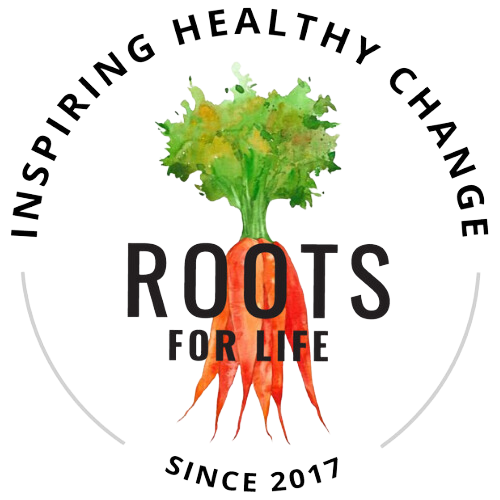National Nutrition Month: The Importance of Reading Food Labels
When it comes to making healthy food choices, one of the most powerful tools at your disposal is the nutrition label. Whether you're trying to manage your weight, track nutrients, or simply make informed decisions about what you eat, understanding food labels is essential.
Why Reading Food Labels Matters
1. Know What You’re Eating
Labels provide a breakdown of calories, fats, proteins, carbohydrates, and essential nutrients. This helps you choose foods that align with your health goals.
2. Identify Hidden Ingredients
Many packaged foods contain added sugars, artificial preservatives, and unhealthy fats. By reading labels, you can avoid hidden ingredients that may negatively impact your health.
3. Manage Portion Sizes
Serving sizes on labels can be misleading. Understanding portion sizes helps you avoid overeating and stay within your daily caloric needs.
4. Monitor Nutrient Intake
Labels list important vitamins and minerals like calcium, iron, and fiber. If you’re aiming for a balanced diet, these details can help you select nutrient-rich foods.
5. Avoid Excess Sodium and Sugar
High sodium intake can lead to high blood pressure, and too much added sugar increases the risk of obesity and diabetes. Checking labels helps you limit these harmful ingredients.
How to Read a Nutrition Label
• Check the serving size – All information is based on this amount.
• Look at calories – Helps manage energy intake.
• Examine macronutrients – Pay attention to fats, carbohydrates, and protein.
• Scan for added sugars – Choose foods with little to no added sugars.
• Read the ingredients list – The shorter and more recognizable, the better!
By taking a moment to read nutrition labels, you empower yourself to make healthier choices. This National Nutrition Month, commit to checking labels and taking control of your diet one meal at a time!
